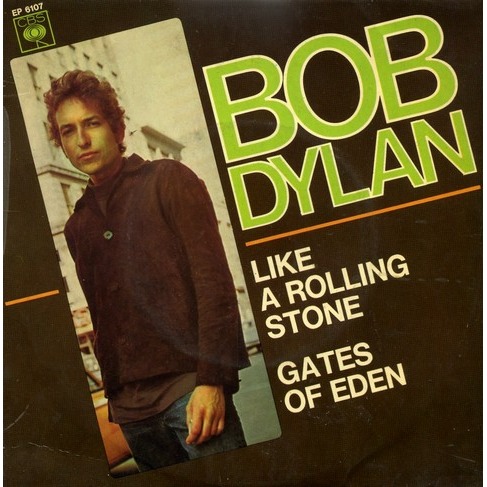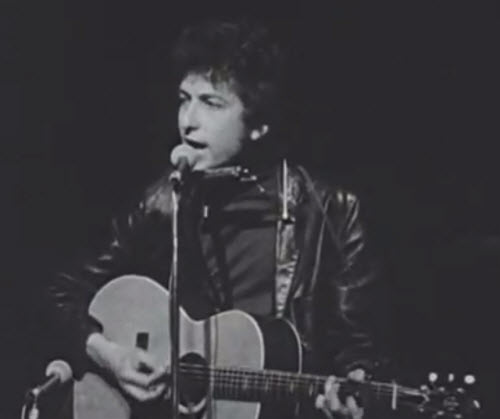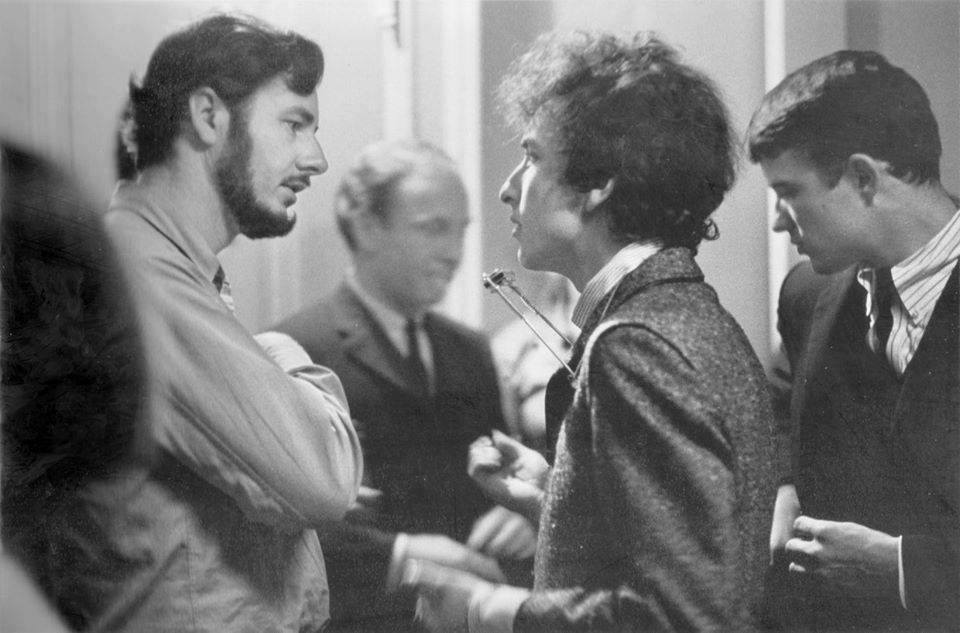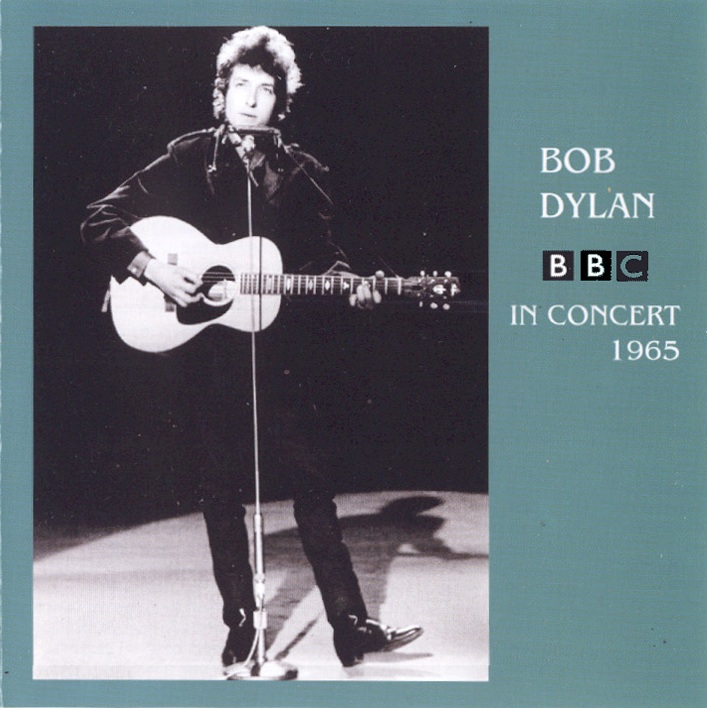
July 20: Bob Dylan released Like A Rolling Stone in 1965
“This is about growing up, this is about discovering what is going on around you, realizing that life isn’t all you’ve been told. So now you’re without a home, you’re on your own, complete unknown, like a rolling stone. That’s a liberating thing. This is a song about liberation.”
— Jann Wenner, Rolling Stone magazine (Greil Marcus – Like A Rolling Stone: Bob Dylan at the Crossroads (book))
“The first time I heard Bob Dylan, I was in the car with my mother listening to WMCA, and on came that snare shot that sounded like somebody had kicked open the door to your mind” – Bruce Springsteen (Jan 1988)
“When I heard Like a Rolling Stone, I wanted to quit the music business because I felt: ‘If this wins and it does what it’s supposed to do, I don’t need to do anything else.'”
– Frank Zappa (1965 )
The first time I really listened to “Like A Rolling Stone”, I felt I entered a parallel universe.. a place of intense beauty.. a place filled with this wonderful blues-fueled rock music… and a spellbinding ..organ! I had never heard anything like it.. anything this good..
That was the day I understood that there is bad music, good music, great music & then there is Bob Dylan. He plays in another league. His musical universe is still as beautiful now as it was first time I flew into it.. “Like A Rolling Stone” still sounds as fresh as it did the first time I listened ~30 years ago. (Egil, alldylan.com)
Like A Rolling Stone:
Continue reading July 20: Bob Dylan released Like A Rolling Stone in 1965 →





